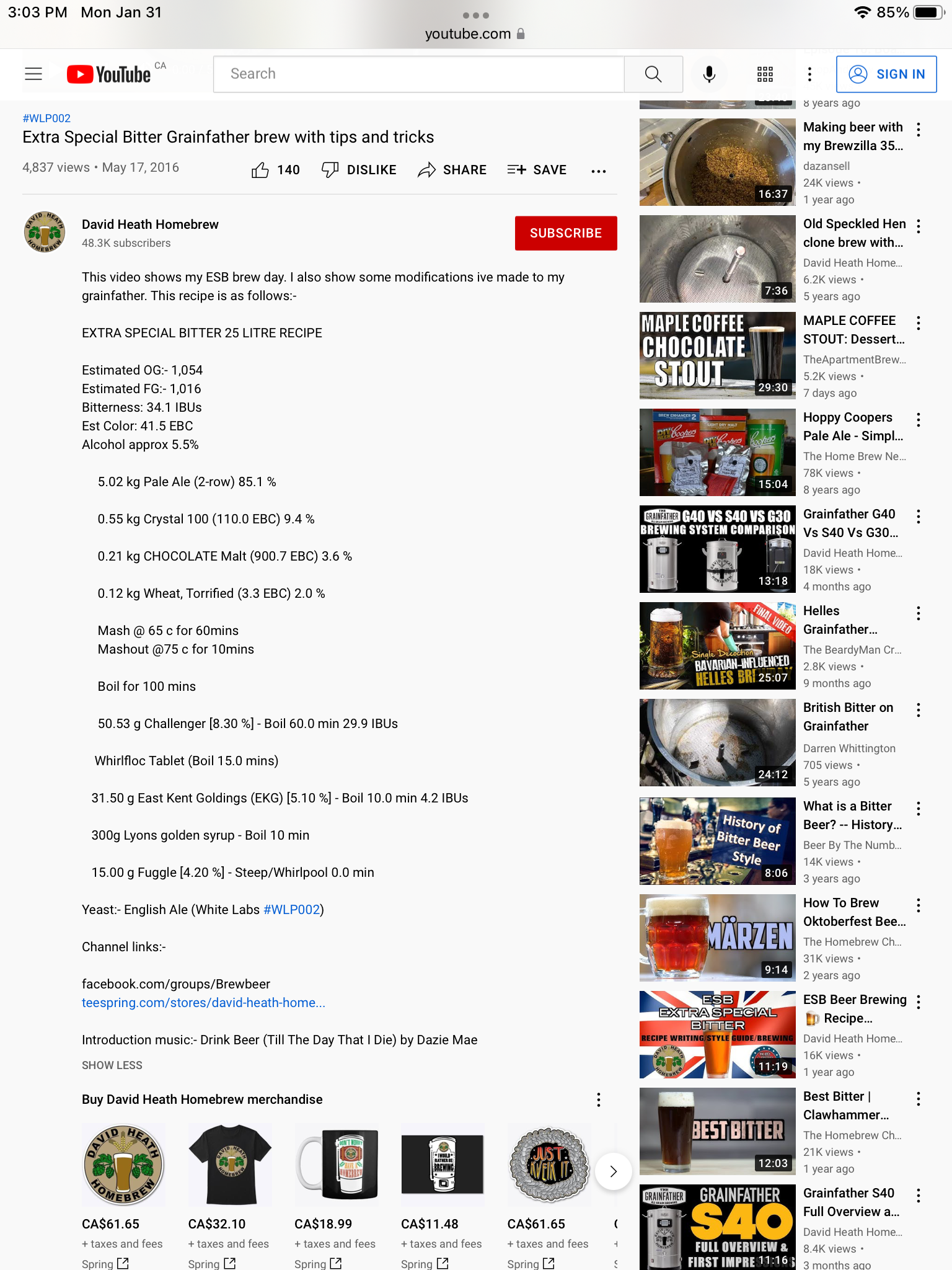dan46nbrew
Well-Known Member
- Joined
- Jun 4, 2019
- Messages
- 125
- Reaction score
- 65
I've read that underpitching is recommended for increasing ester production for styles like an English bitter. Is it better to reduce the amount of wort in the starter by 2/3 and let it run the usual 24-48 hours or use a vitality starter? Not sure how to even calculate the vitality starter. I read you basically make the starter 4-5 hours before you pitch but not sure how much starter wort to use in that case? Any suggestions on how to go about underpitching and what calculations to use?



